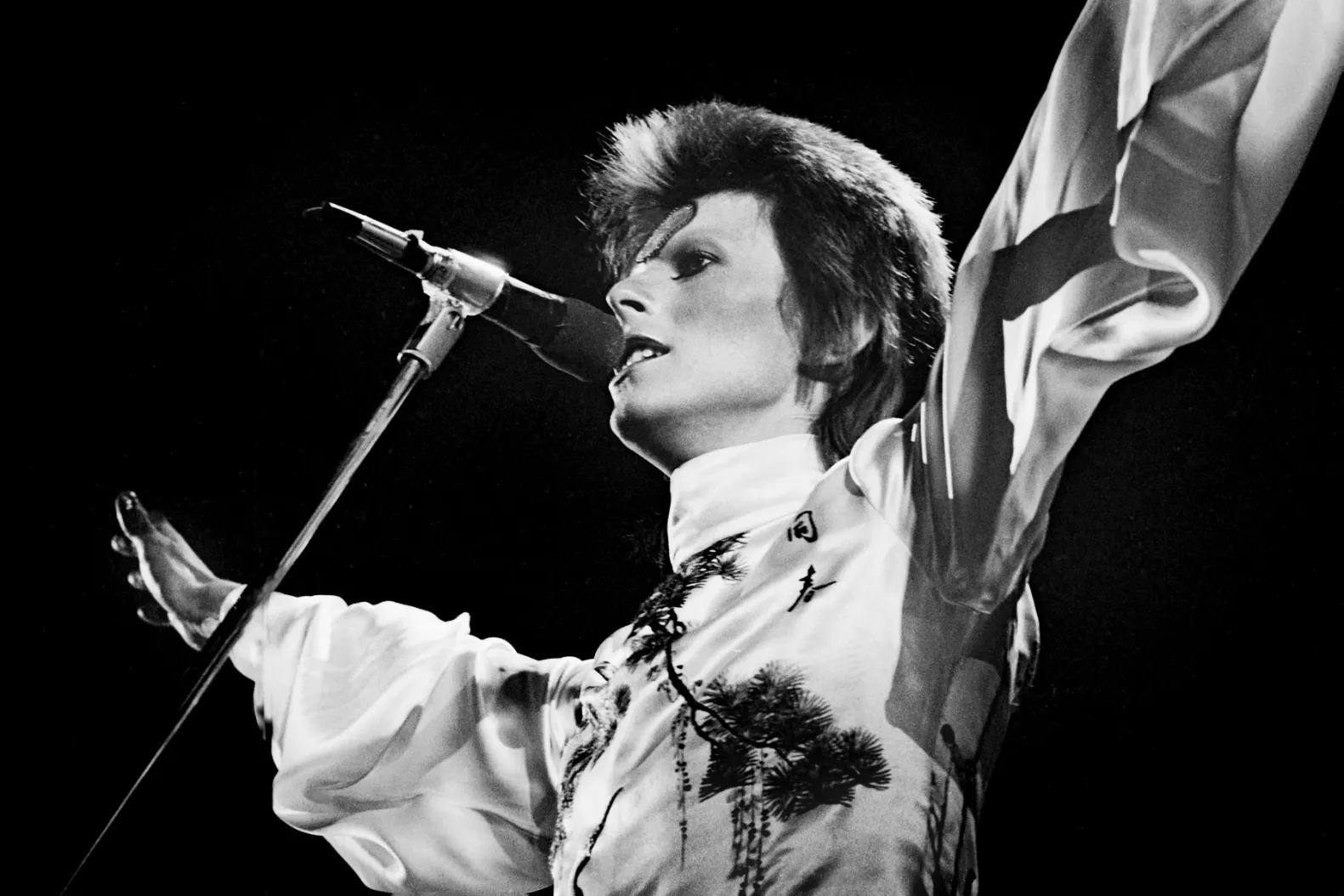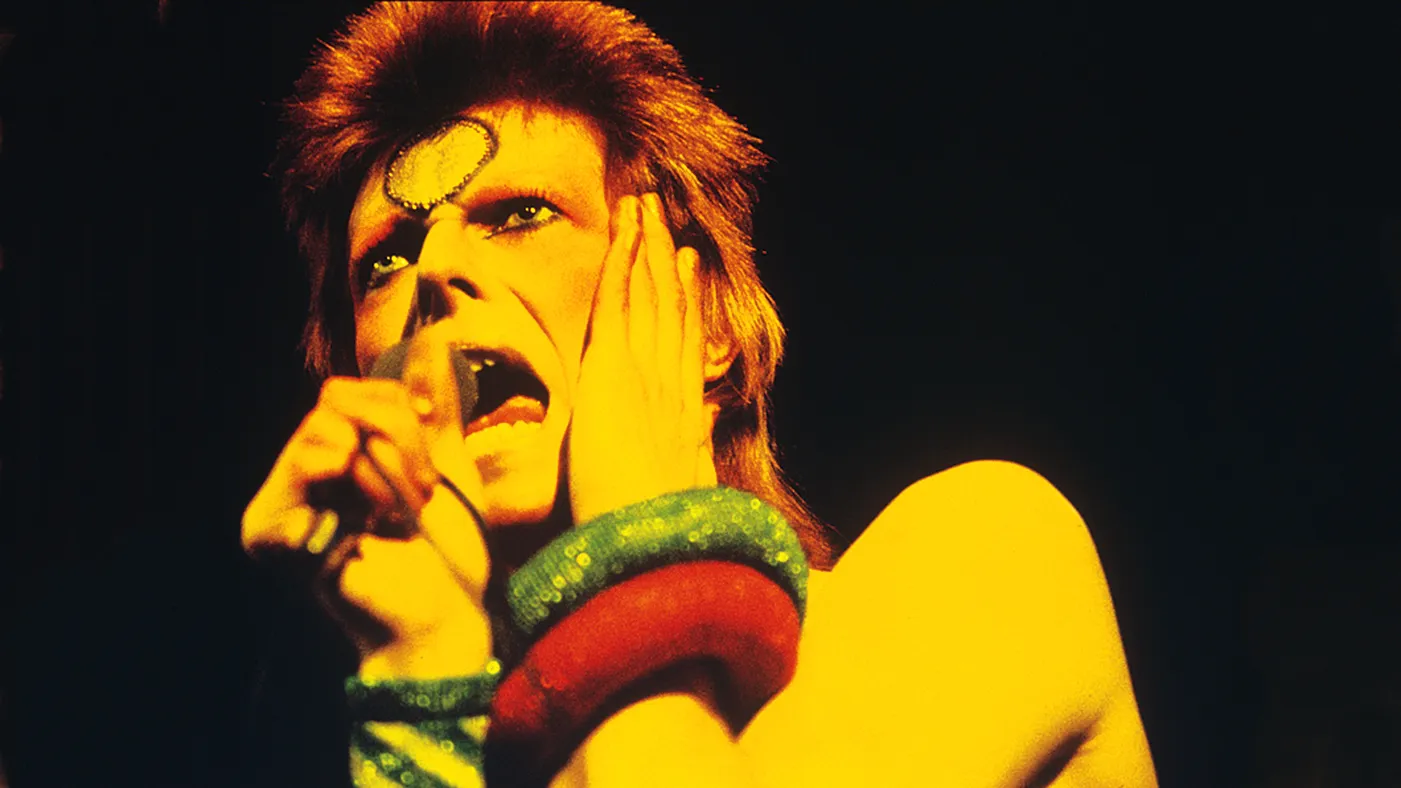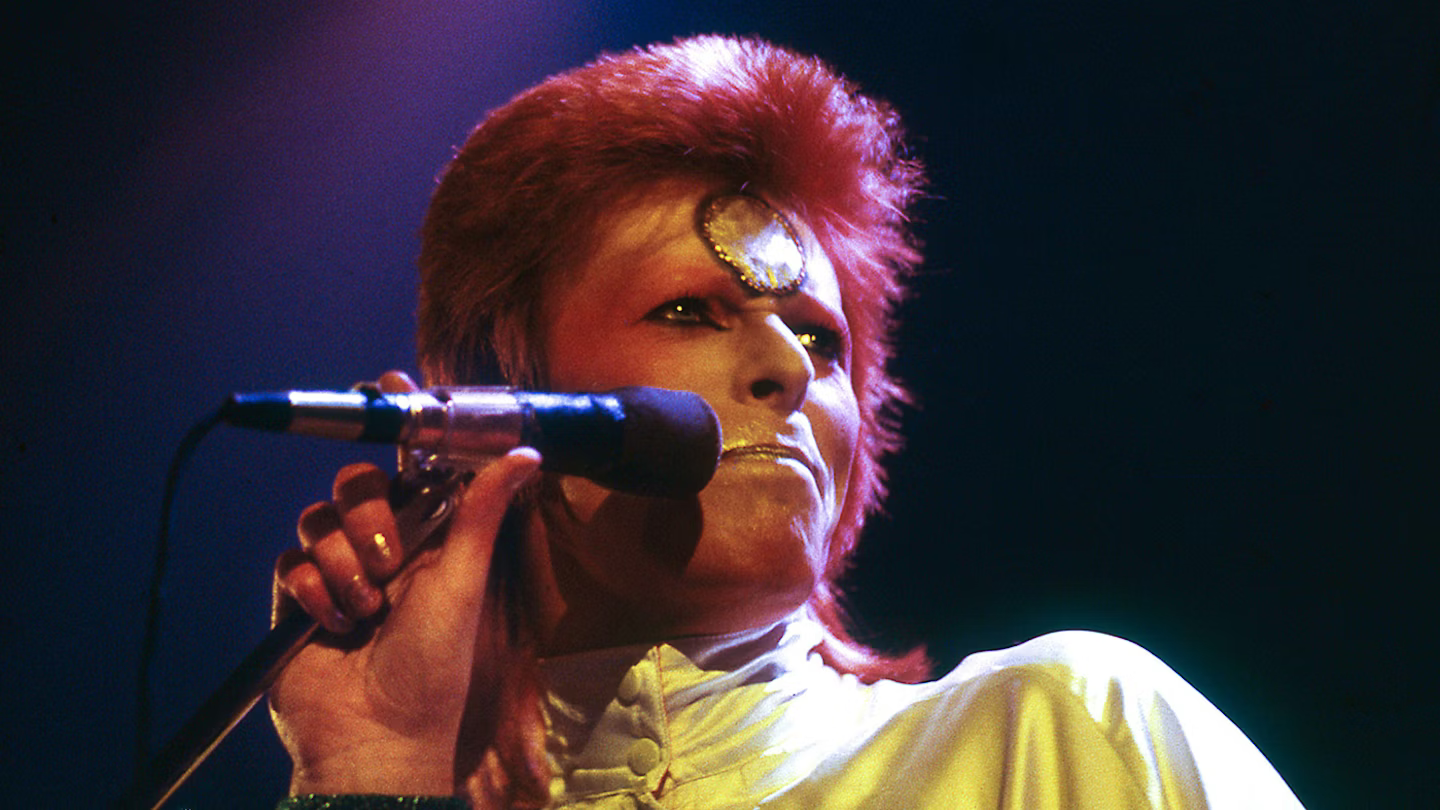Ziggy Played Guitar

David Bowie was a master of reinvention, constantly morphing into new characters and personas that challenged conventions and expanded the possibilities of rock music. Among these, his most iconic creation was undoubtedly 'Ziggy Stardust', the fictional, androgynous, and bisexual rock star sent to Earth as a saviour in the face of an impending apocalyptic disaster.
This character wasn’t just a gimmick; it was a full-blown narrative, a fusion of storytelling, fashion, and music that would change the trajectory of Bowie’s career.
The Rise of Ziggy Stardust
Ziggy Stardust became the centrepiece of Bowie’s 1972 album, 'The Rise and Fall of Ziggy Stardust and the Spiders from Mars', a record that blended glam rock’s flamboyance with deep, emotional storytelling. With singles like 'Starman', 'Moonage Daydream', and 'Suffragette City', Bowie captured the imagination of a generation. The album told a loosely connected narrative of an alien rock star arriving on Earth to deliver a message of hope before an impending apocalypse, combining science fiction themes with the raw energy of rock ’n’ roll.
This was Bowie’s return to the public consciousness after the understated success of 'Space Oddity' in 1969. Whereas 'Space Oddity' introduced audiences to Bowie’s flair for character-driven songs and cinematic storytelling, Ziggy Stardust exploded onto the scene as a fully realised persona, both on stage and in public appearances.

But Ziggy wasn’t just a musical persona; it was a cultural moment. Bowie blurred the lines between art and life, challenging conventional norms of gender, sexuality, and self-expression. With flamboyant costumes, theatrical performances, and a bold, androgynous image, Ziggy gave permission for audiences to embrace identity fluidity and individualism. The character became a beacon for the marginalised and the adventurous, proving that rock music could be a vehicle for social commentary as much as entertainment.
Ziggy’s impact extended far beyond music. Fashion designers, artists, and performers drew inspiration from Bowie’s fearless aesthetic, while young fans found liberation in seeing boundaries of identity playfully questioned on the global stage. In many ways, Ziggy Stardust wasn’t just an album or a character; it was a cultural revolution packaged in glitter, guitar riffs, and cosmic storytelling.
Final Curtain Call
Bowie’s tenure as Ziggy, however, was never meant to be permanent. By 1973, he had grown weary of living inside a character. The constraints of the role began to stifle the restless creative spirit that defined him, and he feared becoming trapped in a persona that had outgrown its purpose. For Bowie, art was about transformation, risk, and the relentless pursuit of something new and Ziggy, as beloved as he was, could no longer contain that creative fire.
Bowie planned a dramatic exit. On 3rd July 1973, during a sold-out show at London’s Hammersmith Odeon, he delivered one of rock history’s most unforgettable moments. Draped in a glittering white tunic, his shock-red hair and wild eyes radiating energy, Bowie strode onto the stage with the confidence of a man who knew he was about to make history. Every step, every gesture was amplified by the electric anticipation of thousands of fans, all acutely aware that they were about to witness something extraordinary. None of them saw what was coming, though.

The show featured a collection of glam rock classics: 'Changes', 'Starman', 'Moonage Daydream', and 'The Jean Genie' all blazed through the setlist, each song delivered with the theatrical intensity that had become Bowie’s signature. Yet there was an undercurrent of tension and poignancy—a sense that something monumental was unfolding.
As the final notes of the performance faded and the crowd’s roar reached a fever pitch, Bowie paused in the spotlight. The room held its collective breath. With an effortless cool that contrasted the electrifying energy around him, he delivered a line that would be remembered for decades:
“Not only is it the last show of the tour, but it’s the last show that we’ll ever do. Thank you.”
The announcement landed like a thunderclap. The audience was stunned into silence, then erupted into a mixture of shock, disbelief, and ecstatic applause. Even some members of the Spiders from Mars had not known the plan. Ziggy Stardust was finished, and in that single moment, Bowie confirmed his status as a true visionary. In a single sentence, Bowie had ended one of rock's most dazzling chapters.
Bowie's Reinvention
Bowie’s retirement of Ziggy wasn’t an end but a declaration: he was a chameleon, and the pursuit of novelty was his artistic lifeblood. This masterstroke showcased Bowie’s genius; he thrived on reinvention and refused to be pigeonholed. Each transformation was more than a new sound or look; it was a statement about identity, culture, and the very possibilities of rock music itself.
Over the years, Bowie continued to reshape himself and his art:
Bowie embraced the sounds of Philadelphia soul and R&B on 'Young Americans', coining what he called “plastic soul.” Hits like 'Fame' fused funk grooves with incisive social commentary, proving Bowie could effortlessly pivot from glam theatrics to rhythm‑driven sophistication.
Avant-garde innovation with the Berlin Trilogy: 'Low', 'Heroes', and 'Lodger '. Collaborating with Brian Eno, Bowie pushed the boundaries of ambient, electronic, and experimental music. These albums were bold, fragmented, and cinematic, reflecting both the personal upheavals Bowie experienced and the gritty, divided landscape of Cold War Berlin. The Berlin Trilogy remains a touchstone for artists exploring sound, mood, and narrative in unconventional ways.

Mainstream brilliance with the slick, danceable 'Let’s Dance'. In the 1980s, Bowie embraced the era of MTV and polished pop-rock production. 'Let’s Dance' brought infectious hooks, global rhythms, and accessible grooves, demonstrating that commercial appeal and artistic integrity could coexist. Hits like 'Modern Love' and 'China Girl' became worldwide sensations while maintaining Bowie’s signature sophistication and style.
Raw, collaborative rock with Tin Machine. In 1988, Bowie shocked fans again by forming Tin Machine, a hard‑rock band in which he deliberately shared creative control with the group. Eschewing the solo superstar spotlight, Bowie immersed himself in a gritty, no-frills sound, embracing garage-rock energy and a democratic approach to songwriting. Tin Machine’s eponymous debut and its follow-up 'Tin Machine II' showcased Bowie’s willingness to strip back theatrics and experiment with raw, band-oriented rock, an artistic reset that reminded audiences he was never content to rest on past successes.
Beyond these milestones, Bowie constantly experimented with side projects, soundtracks, collaborations, and theatrical performances, proving that reinvention was not optional; it was essential to his creative identity. Each phase added new dimensions to the ever-evolving canvas of David Bowie, ensuring that audiences never knew exactly what to expect and always remained captivated.
Ultimately, Bowie’s career became a masterclass in adaptability and innovation. He didn’t just follow trends; he anticipated, challenged, and often created them, leaving a legacy that continues to inspire musicians, designers, and artists across the world.
Thank you for reading
Jack